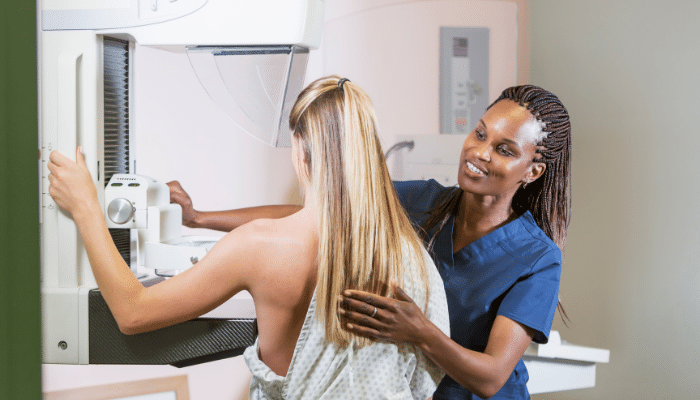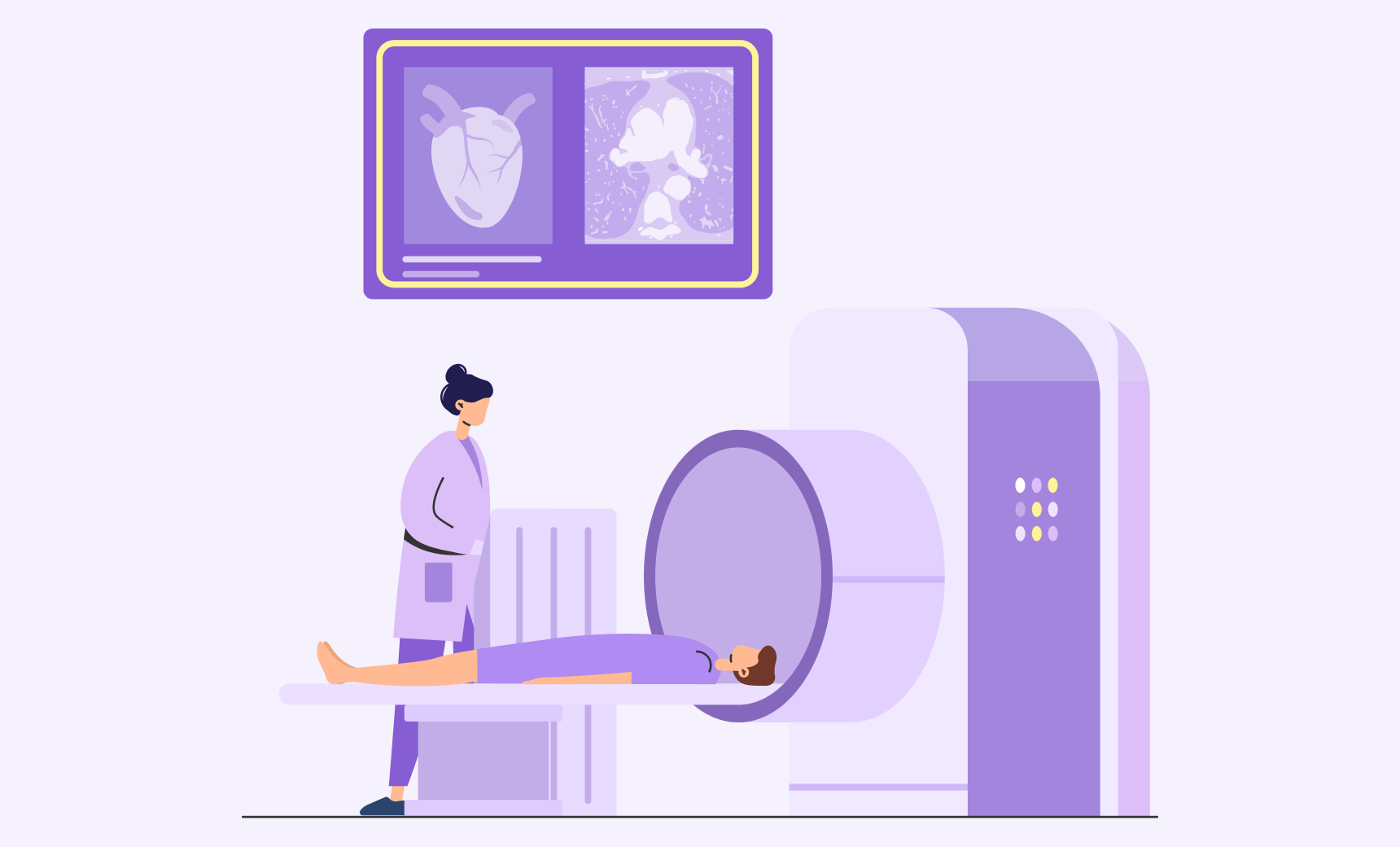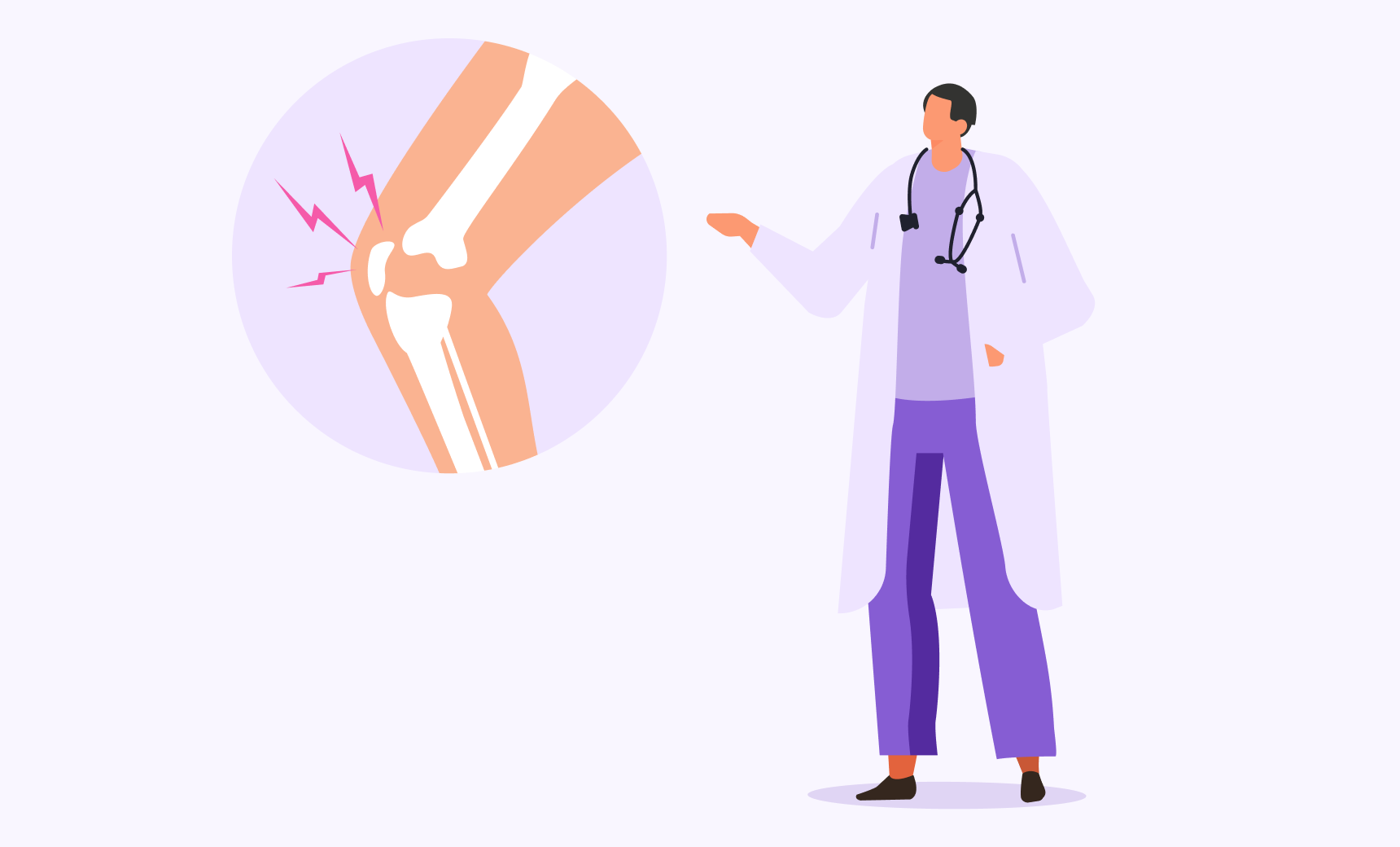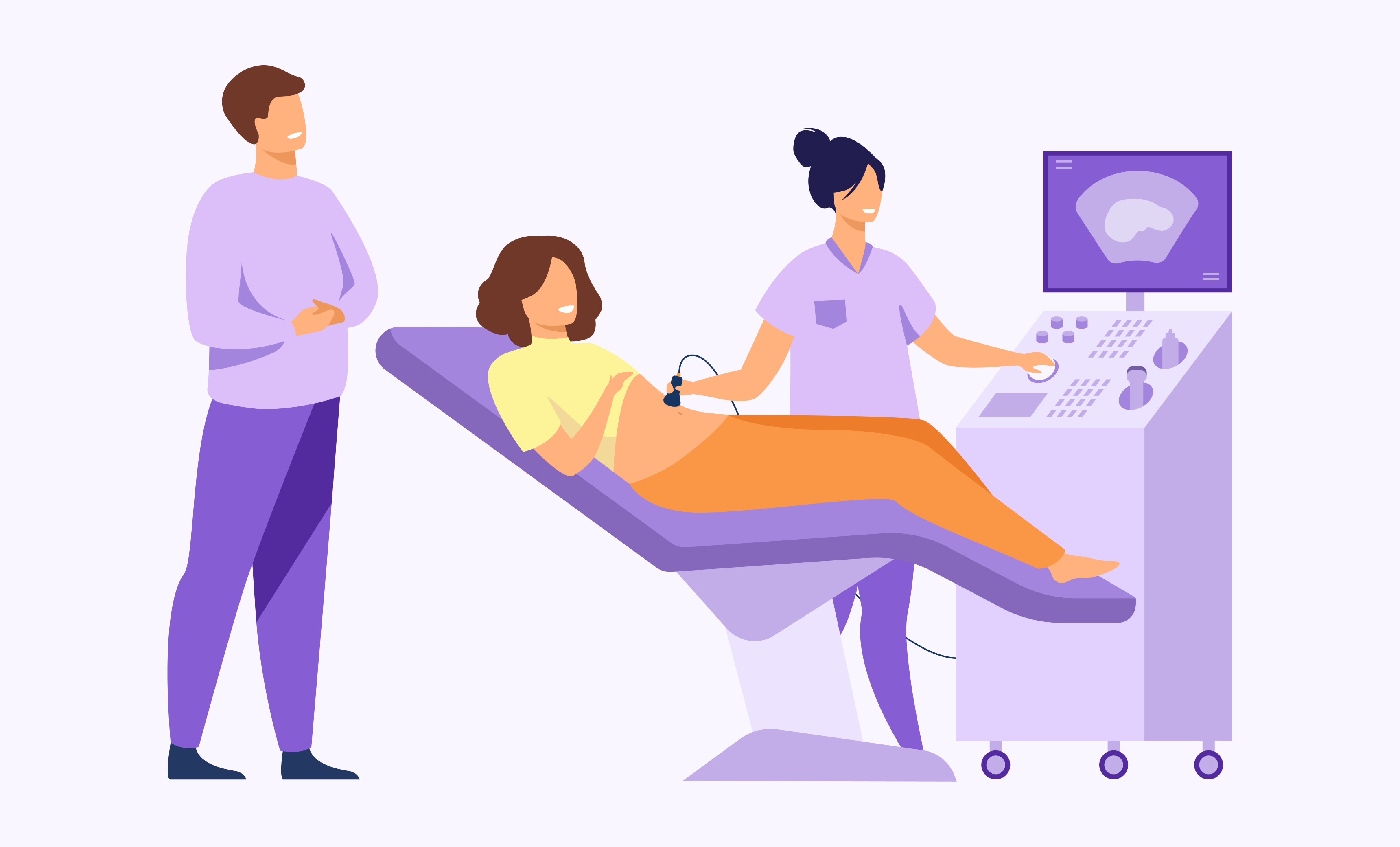
What should you know about mammograms?
It’s Breast Cancer Awareness Month at LabFinder!
We are not just advocates of awareness but of prevention, action and taking control of your health.
Mammograms are the most common and widely-known method of breast cancer screening and because of that, the process can be kind of intimidating.
If you’ve ever seen a mammogram portrayed in a tv-series or movie, it’s often depicted a little cryptically and it’s not an experience people tend to discuss. But don’t fret. We’re here to have the conversation with you, because educating yourself on the when, why, and how of mammograms can offer some peace of mind in regards to taking such an important wellness step.
What is a mammogram?
There are two types of mammograms: screening and diagnostic. A screening mammogram is an x-ray image of your breasts designed to detect tumors and other abnormalities like calcium deposits that may indicate cancer. Screening is used on people who otherwise have no symptoms of breast cancer, like lumps found during a self or clinical exam.
What does the mammogram procedure look like?
Breasts are flattened to get the most high-quality picture possible. The technologist places the breast on the machine’s plate and a plastic top plate is lowered for the compression. Don’t worry – the actual compression typically only lasts a few seconds while the technologist takes the pictures. The entire process takes about 20 minutes.
Diagnostic mammograms are used to identify an already detected abnormality. The same equipment is used for both procedures and your role in the process stays the same. However, during a diagnostic mammogram, more images are taken so the procedure and compression lasts longer and therefore you’re exposed to more radiation.

Who should get a mammogram?
While the exact age you should start getting mammograms is up for contention among professionals, all groups agree that you should have the option to begin screenings at 40. The American Cancer Society suggests those with an average risk should begin yearly screenings at 45 until age 54 and then continue every two years. The reason mammograms aren’t typically recommended for those under 40, according to the Mayo Clinic, is because the breast tissue tends to be denser in younger individuals, making the procedure less effective.
If you have high-risk factors for breast cancer like strong genetic predispositions, it may be beneficial to undergo screening before age 40. It’s important to speak with your healthcare provider about your risk factors so that you can come up with a tailored screening plan.
According to the National Cancer Institute, self-breast exams have actually not been proven to reduce the risks of breast cancer. However, it is important to know what your breasts look and feel like normally and around menstruation so that you can easily notice abnormalities and report them to your physician right away. It’s always better to err on the side of caution and refer to a professional if something is worrying you. Go ahead, bother the nurse. They care about you.
When and how do you get one?
- Talk to your doctor about your risk factors so you can figure out the appropriate age to begin these procedures without exposing yourself to any unnecessary radiation
- Try to go to the same facility every time you get a mammogram so that your results can easily be compared year over year
- Avoid scheduling a mammogram the week before your period. During this time, breast tissue is inflamed, which can make the procedure uncomfortable and inhibits the machine from getting good pictures
Finding a good facility and technologist is very easy once you’ve come up with a screening plan with your physician. LabFinder.com will find you a lab. No really, we will. You can use our platform to find centers that are nearby, in-network, and take your insurance. You’re even able to book the appointment right here from your couch while you’re eating that Mediterranean salad. So meet us back here when you’re ready and congratulations on being proactive with your health.
Don’t have time to see a doctor? Try booking a mammogram with our MinuteMed Feature.




LabFinder Marketing
The LabFinder Editorial Team is behind The Illuminator and The Insider, LabFinder’s consumer and business blogs.
Dr.Robert Segal
Dr. Segal is CEO and co-founder of LabFinder, as well as a board-certified cardiologist. He began practicing medicine in 2002 and has founded several businesses, including Medical Offices of Manhattan and Manhattan Cardiology.